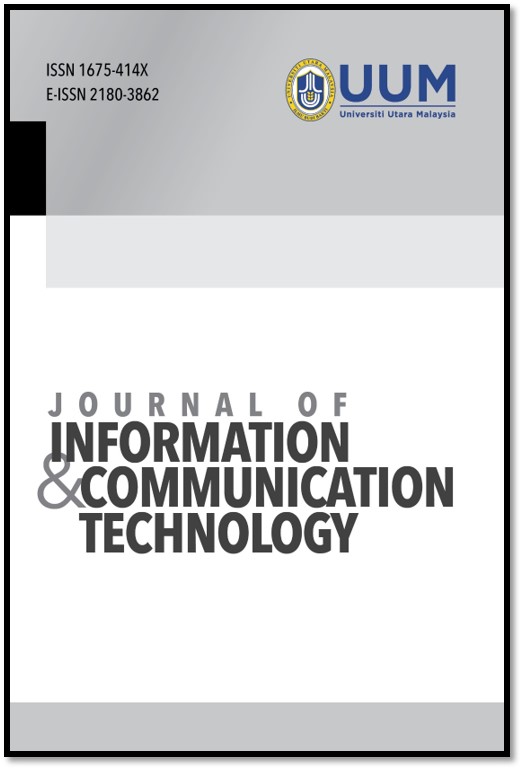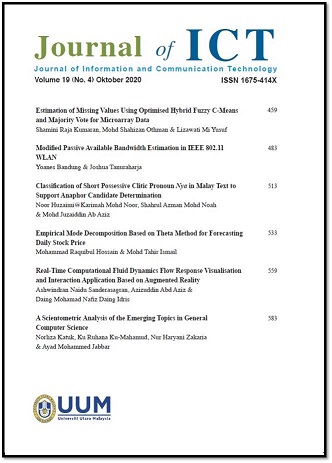Attestation of Improved SimBlock Node Churn Simulation
DOI:
https://doi.org/10.32890/jict2023.22.2.4Keywords:
Blockchain, Compact block relay, Distributed network, Node churn, SimBlockAbstract
Node churn, or the constant joining and leaving of nodes in a network, can impact the performance of a blockchain network. The difficulties of performing research on the actual blockchain network, particularly on a live decentralized global network like Bitcoin, pose challenges that good simulators can overcome. While various tools, such as NS-3 and OMNet++, are useful for simulating network behavior, SimBlock is specifically designed to simulate the complex Bitcoin blockchain network. However, the current implementation of SimBlock has limitations when replicating actual node churn activity. In this study, the SimBlock simulator was improved to simulate node churn more accurately by removing churning nodes and dropping their connections, and increasing additional instrumentation for validation. The methodology used in the study involved modeling the Bitcoin node churn behavior based on previous studies and using the enhanced SimBlock simulator to simulate node churn. Empirical studies were then conducted to determine the suitability and limitations of the node churn simulation. This study found that the improved SimBlock could produce results similar to observed indicators in a 100-node network. However, it still had limitations in replicating node churn behavior accurately. It was discovered that SimBlock limits all nodes to operate as mining nodes and that mining is simulated in a way that does not depict churn accurately at any time but only at specific intervals or under certain conditions. Despite these limitations, the study’s
improvements to SimBlock and the identification of its limitations can be useful for future research on node churn in blockchain networks and the development of more effective simulation tools.
Metrics
Additional Files
Published
How to Cite
Issue
Section
License
Copyright (c) 2023 Journal of Information and Communication Technology

This work is licensed under a Creative Commons Attribution 4.0 International License.





 2002 - 2020
2002 - 2020


























